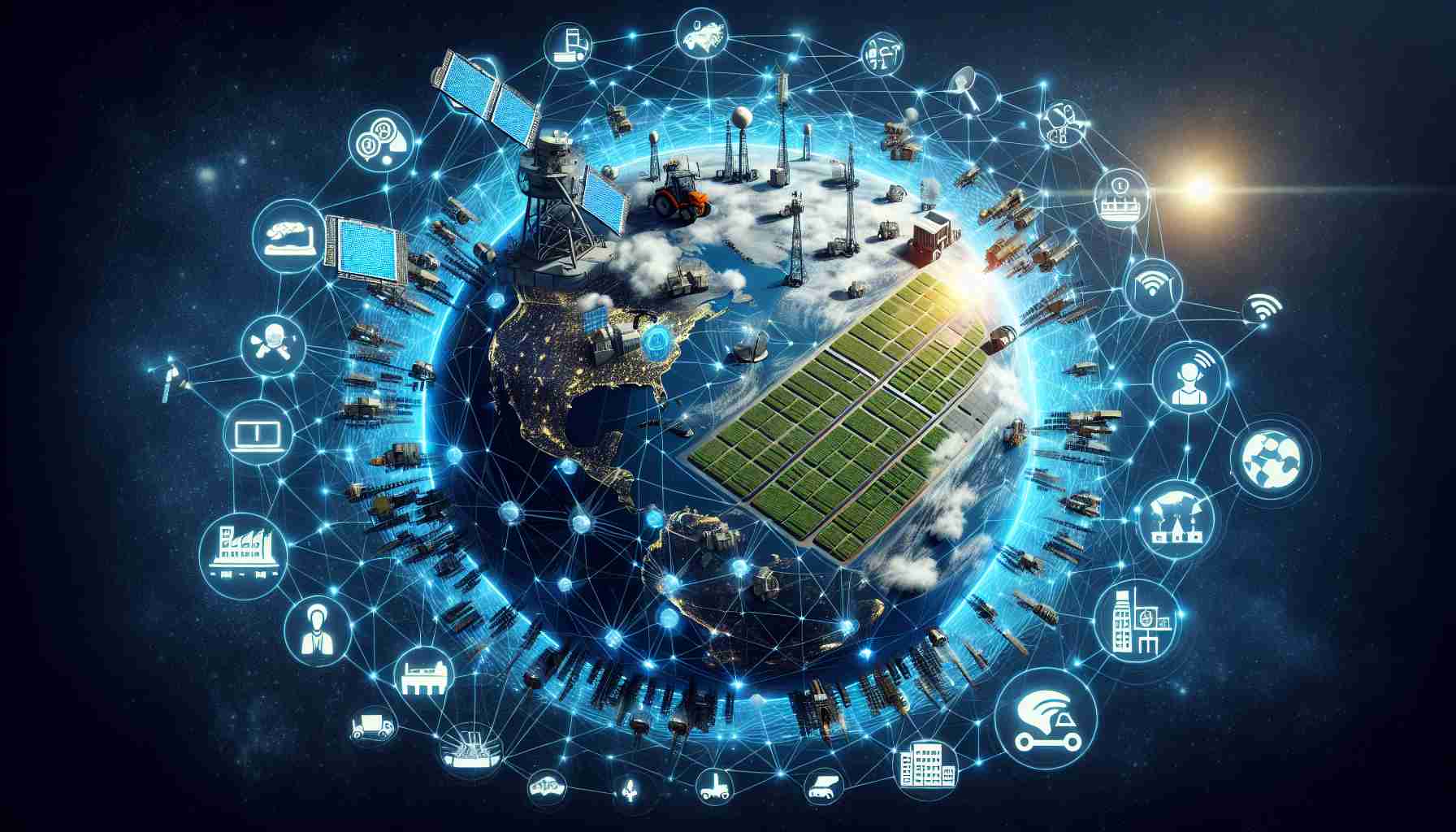The landscape of global industries is undergoing a transformation through the rapid expansion of satellite IoT connectivity, revolutionizing the way businesses operate. With the global satellite IoT subscriber base surpassing 5.1 million in 2023 and projected to reach 26.7 million units by 2028, the market is experiencing exponential growth, presenting significant opportunities for various sectors.
Satellite IoT communications offer a crucial lifeline especially in remote areas where terrestrial connectivity is limited, catering to diverse applications in agriculture, asset tracking, maritime operations, and beyond. Established satellite operators such as Iridium, Orbcomm, Viasat (Inmarsat), and Globalstar lead the pack, with Iridium expanding its subscriber base by 17 percent in recent times to serve 1.8 million subscribers.
In addition to incumbent players, a wave of new initiatives has emerged, showcasing innovative projects like Astrocast, AST SpaceMobile, and Kepler Communications among others. These initiatives embrace cutting-edge technologies, including low-earth orbit nano satellites, to enhance IoT connectivity globally.
Collaborations between satellite and mobile operators are on the rise, creating hybrid satellite-terrestrial connectivity solutions to meet the escalating demands of industries. Companies such as Skylo have been at the forefront of integrating cellular and satellite offerings in partnership with major telecommunications providers, signaling a new era of seamless connectivity.
The future of global industries is increasingly intertwined with the advancements in satellite IoT communication, propelling innovation and efficiency to new heights across diverse sectors.
Satellite IoT Connectivity: Uncovering Key Insights and Challenges
The article on the Satellite IoT Connectivity Revolution touches on the transformative impact of satellite technology on global industries, but there are additional facets and questions that warrant exploration in this rapidly evolving landscape.
Key Questions:
1. How does satellite IoT connectivity impact data security and privacy?
– Satellite IoT networks must address concerns about data encryption, secure transmissions, and safeguarding sensitive information across vast distances. Ensuring robust cybersecurity measures is paramount.
2. What are the environmental implications of launching and maintaining satellite constellations for IoT connectivity?
– The deployment and maintenance of satellite networks raise questions about space debris, energy consumption, and sustainability practices in the space sector. Balancing technological progress with environmental responsibility is a critical consideration.
3. How do regulatory frameworks and international policies influence the growth of satellite IoT connectivity?
– Navigating diverse regulatory landscapes, spectrum allocation, and cross-border data governance poses challenges for seamless satellite IoT operations on a global scale. Understanding and complying with regulatory requirements are essential for sustained growth.
Key Challenges and Controversies:
– Interference and Spectrum Allocation: As the demand for satellite IoT connectivity surges, concerns around spectrum congestion, interference mitigation, and equitable allocation of frequencies emerge as key challenges for industry stakeholders to address collaboratively.
– Reliability and Latency: Satellite IoT networks face scrutiny regarding reliability in adverse weather conditions, latency issues affecting real-time data transmissions, and the need for continuous monitoring and maintenance to ensure uninterrupted connectivity.
Advantages:
– Global Coverage: Satellite IoT connectivity extends reach to remote and underserved regions, enabling seamless data exchange and operational efficiency for industries spanning agriculture, logistics, energy, and more.
– Resilience and Redundancy: Satellites offer resilient communication links, serving as backup alternatives during terrestrial network outages or emergencies, ensuring continuity of critical services.
Disadvantages:
– Cost Considerations: Implementing satellite IoT solutions may involve high initial investments in hardware, infrastructure, and ongoing operational expenses, posing financial constraints for some businesses.
– Latency Challenges: Despite advancements, satellite connectivity can exhibit higher latency compared to terrestrial networks, impacting real-time applications and interactive services that require low response times.
As the Satellite IoT Connectivity Revolution advances, addressing these key questions, challenges, and considerations will be pivotal in shaping the future trajectory of interconnected global industries.
For further insights and developments in the satellite technology domain, visit Satellite Today.



















